Shibangi Das in Mumbai
Almost all 3G ad campaigns harp on delivering live video and TV content on mobile handsets. But irregular billing, poor network coverage and lack of relevant content have put a spanner in the works of the nine million 3G users.
A bill amount of Rs 5,800 forced a 28-year-old research analyst at Sunidhi Securities, Chintan Mehta, to give up the 3G mobile TV service within 20 days of subscribing to it.
"When I asked my service provider (Bharti Airtel) for details of channels I had surfed or what sites I had visited that caused the bill to jump so much, they could not provide me any."
Mehta claims to have watched mobile TV channels for about 20 minutes every day. After three weeks of following up with Airtel's customer care centre, he was, however, refunded Rs 4,700.
. . .
Why 3G mobile TV is a distant dream
Image: Google Nexus."If another network offered me a more transparent billing system for mobile TV usage, I would not mind switching to it."
Mumbai-based Proneet Patro, a product manager at an IT firm, feels service providers have nothing special to offer.
Patro used the Mundu TV service of Vodafone, for a month before he chose to stop subscribing to it because there was nothing interesting. "It was just the novelty factor that made me try out the application and the service.
But why should I spend extra on a mobile service if there's more variety on a broadband connection where one can watch online videos with far superior streaming?"
Despite the expensive 3G data pricing and poor speeds, operators have been successful in convincing users to take up 3G.
Leading the 3G pack is Airtel, which has managed to add over three million subscribers, followed by 1.5 million subscribers of Tata DoCoMo, and one million users each for Idea, Vodafone and BSNL.
. . .
Why 3G mobile TV is a distant dream
Mobile TV or Live TV services, available on-demand, are offered by almost all 3G service providers.
Mobile TV content is specifically designed keeping in mind the screen size, resolution, bandwidth, media players and video formats available on the available variety of handsets to make viewing hassle-free.
To be able to view TV on their mobile phones, users may either subscribe to the network service provider or download a mobile TV application that will play on the phone's operating system.
Bibhu Kumar, CEO and founder of DigiVive, a mobile TV service provider, estimates that there are over two million mobile video and TV subscribers.
. . .
Why 3G mobile TV is a distant dream
Telcos hopeful
While most consumers are not happy with the quality of on-demand video streaming services, industry statistics paint a rosy picture.
Research firm RNCOS predicts that the number of 3G mobile handsets will cross the 16-million mark in 2011 -- a good target base for telcos to get their mobile entertainment offering right.
RNCOS data says entertainment value-added services are anticipated to grow at 30.5 per cent CAGR during 2010-2014, outpacing almost all mobile VAS segments by strong margins.
Operators like Bharti Airtel are taking steps to ensure its young customer base adapts to mobile video services.
. . .
Why 3G mobile TV is a distant dream
Image: Apple iPhone 3G.N Rajaram, chief marketing officer (mobile services) of Bharti Airtel, says both postpaid and prepaid subscribers are using mobile TV services.
"Packages below Rs 100 per week are most popular.
"With these packages, the customer gets about 80 live channels."
Airtel maintains that 3G speeds can capably serve higher-resolution content and minimise issues related to buffering and picture distortion.
A Vodafone Essar spokesperson says the service is available in India for more than three years but having customers adopt to it was a big problem.
. . .
Why 3G mobile TV is a distant dream
Image: An Idea ad.Mobile TV add-ons
Revamping of mobile TV services with the launch of 3G and subsequently the ICC World Cup coverage increased the visibility.
Now it has caught the fancy of many among those who do not even use 3G compatible handsets.
Mobile TV's biggest USP is its interactive features -- that allow users to pause live television while they receive phone calls.
Vamshi Reddy, CEO of Apalya, a content provider, is hoping to simplify consumer experience.
Apalya's content lets users set programme guide reminders on SMSes, pre-record programmes and integrate programme-sharing as a status update on Facebook.
Reddy's company has tied up with operators including Idea, Vodafone, Airtel, Aircel, BSNL and Tata Indicom.
. . .
Why 3G mobile TV is a distant dream
It provides a bouquet of 125 channels. Apalya expects to take its consumer base to 10 million from the existing 3.5 million by 2013.
"During the live cricket season like the CWC and IPL, we had viewership skewed towards cricket. But at present, during non-cricket seasons the viewership is divided between news channels, GEC channels and a few select regional channels," says Reddy.
Players such as DigiVive are also getting innovative on the pricing front.
The company provides mobile TV services for three telecom providers and are keen to launch mobile TV subscription packs for single users, channel bouquets and individual channels. Kumar adds: "Bollywood and sports rule the content pyramid, followed by regional and devotional content. But there is promising uptake of kids' content that we are planning to increase in our portfolio."
. . .
Why 3G mobile TV is a distant dream
According to Informate data, video applications reach almost 17 per cent of the 700 million mobile subscribers. Kunal Lagwankar, product manager of Mundu TV, has launched an operator-independent model where the company does not share revenue with the operator.
Users, however, have to pay for the bandwidth consumed and the channels they wish to subscribe to. "Users, sign up for Mundu TV services on the internet, register themselves and pay online (annual fee is Rs 650 for 10 TV channels).
Depending on the user's device, he/she can download application from the Mundu TV portal or respective device app store."
Users need to stream approximately 7.5MB of 3G data to view 10 minutes of TV on mobile. Shabir Momin, CEO, Zenga TV notes: "If content providers can offer more free content, user engagement could be higher."
Zenga TV enhances its video content so that it can be experienced from a 20 Kbps to a 1,000 Kbps bandwidth range and on almost any screen resolution and size.
. . .
Why 3G mobile TV is a distant dream
"We provide highly optimised video-viewing experience even at 2.5G and can automatically scale up when network availability is better or switches to a higher bandwidth," claims Momin.
The task on hand is now to convince users like Anurag Dixit, vice president (global marketing) of a leading procurement software provider.
Even after using 3G mobile streaming services for seven months, Dixit is still not a mobile video convert.
While Dixit continues to use the services to catch up on the occasional cricket match and news, he says: "Until 3G tariffs correct to a point where we can consume high-bandwidth services like on-demand video and live TV, these services will not be of much use to average users like me."
<I>With inputs from</I><B>Priyanka Joshi</B>




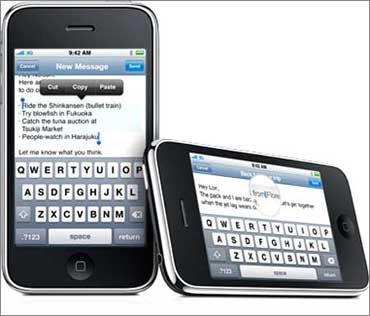
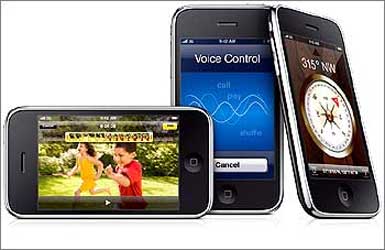

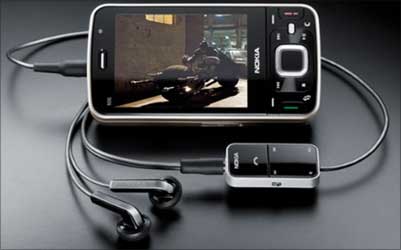
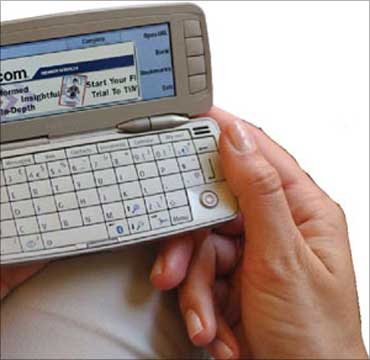
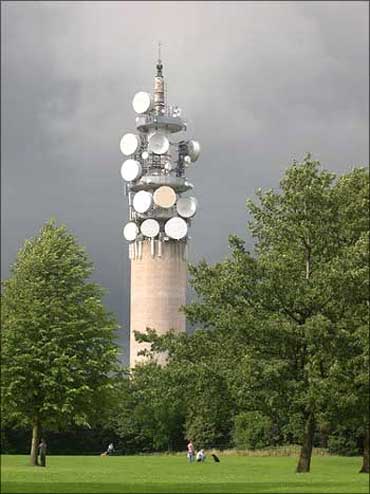

article